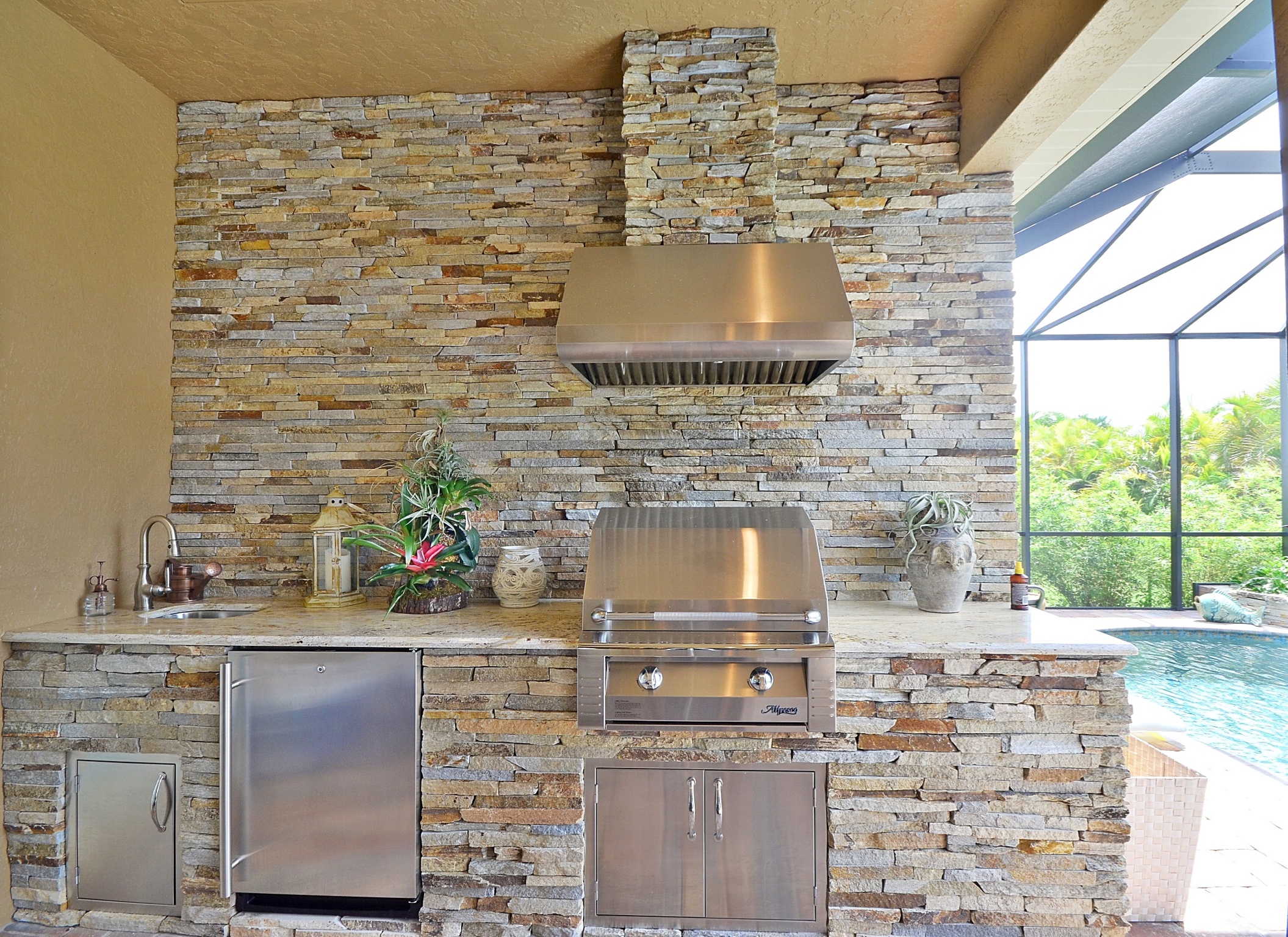Kitchen renovations are house improvement tasks that contain reworking or upgrading the kitchen space. These renovations can vary from minor updates to in depth overhauls, depending on the homeowner's objectives, price range, and the prevailing condition of the kitchen. Here are the key aspects of kitchen renovations:
Goal Definition: The first step in a kitchen renovation is to define the goals and objectives. Are you looking to improve performance, replace the type, expand the area, or obtain a specific design theme?
Budget Planning: Determine your finances for the renovation. Your budget will guide the scope of the venture and allow you to make decisions regarding supplies, appliances, fixtures, and labor costs.
Design and Layout: The design part entails planning the kitchen structure, choosing supplies, colours, and kinds, and creating a blueprint for the model new kitchen. Consider the practicality and aesthetics of the house.

Demolition: In many cases, present cupboards, appliances, counter tops, and other fixtures must be removed to make means for the model new design. Demolition ought to be done carefully to keep away from damage to structural parts.
Cabinetry: Choose and install new cabinetry. Options include custom-built or pre-fabricated cupboards. Consider components like style, materials, storage solutions, and hardware.
outdoor kitchens nashville tn : Select and install counter tops, contemplating components like durability, upkeep, and aesthetic attraction. Popular decisions include granite, quartz, marble, and butcher block.
Appliances: Choose and set up new kitchen home equipment, including ovens, stoves, refrigerators, dishwashers, microwaves, and ventilation systems. Consider vitality effectivity and performance.
Flooring: Install new flooring that enhances the general design and is appropriate for the kitchen environment. Options include tile, hardwood, laminate, and vinyl.
Lighting: Proper lighting is essential in the kitchen. Install activity lighting underneath cabinets, pendant lights over the island or eating area, and common ambient lighting. Consider energy-efficient fixtures.
Plumbing and Electrical Work: Kitchen renovations typically involve updates to plumbing and electrical techniques, together with relocating sinks, adding shops, and guaranteeing correct connections for appliances.
Sinks and Faucets: Select and install sinks and faucets which are each practical and aesthetically pleasing. Features like a deep sink, a pull-down faucet, or a farmhouse sink can
improve the kitchen.
Backsplash: Install a backsplash to guard the wall from splashes and to add a decorative component. Tile, glass, or chrome steel are common supplies.
Paint and Wall Finishes: Paint the walls or apply wall finishes that complement the general design of the kitchen. Use paint that is easy to wash and resistant to moisture and stains.
Ventilation: Proper air flow is essential within the kitchen to remove cooking odors and moisture. Install a variety hood or exhaust fan if essential.
Final Inspection: Once all of the work is completed, conduct a last inspection to ensure that every little thing is as much as code, functional, and aesthetically pleasing.
Kitchen renovations can range widely in scope and cost, from easy updates like new cabinet hardware and a fresh coat of paint to full-scale kitchen makeovers involving structural changes and the set up of high-end appliances and options. It's necessary to work with skilled contractors, designers, and tradespeople to make sure that the renovation is completed to your satisfaction and meets native constructing codes and regulations. Proper planning and communication are important for a successful kitchen renovation..
